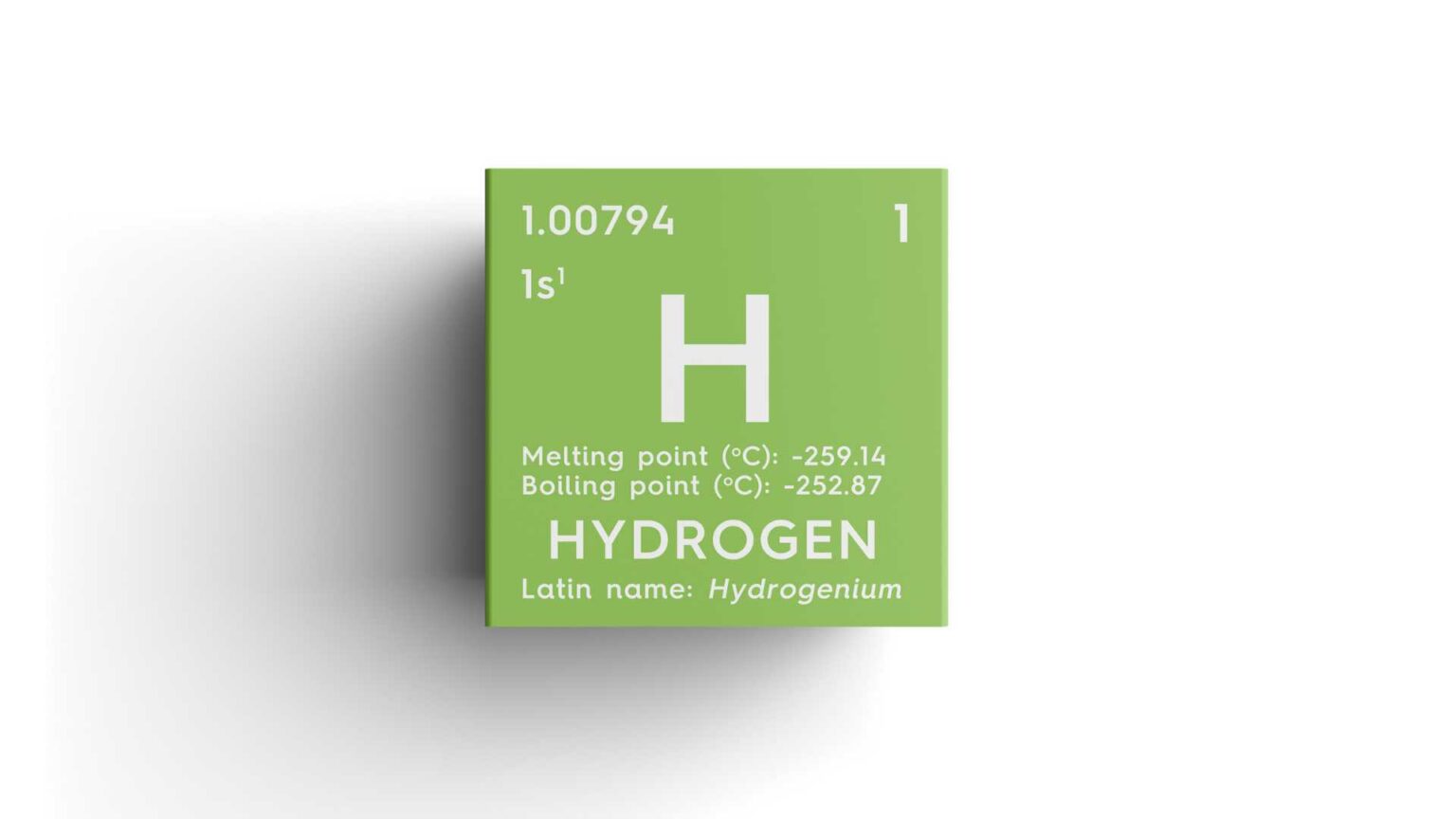A revolutionary patent for an electrolysis system, designed to enhance hydrogen generation, was filed on July 24, 2024, by Paul Francis Geary.
This patent reveals a sophisticated system comprising an electrolyser, an electrolyte pump powered by pressurised gas, and an air storage tank. The purpose of the system is to improve the efficiency and reliability of hydrogen production.
One of the standout features of Geary’s system is the use of pressurised gas to power the electrolyte pump. Unlike conventional electrolysis systems that rely solely on electrical power, this system integrates an air storage tank that stores pressurised air. The stored pressurised air can be selectively used to drive the electrolyte pump, ensuring a consistent and controlled operation.
Additionally, the system uniquely repurposes gases from the gas outlets of the electrolyser to pressurise the air within the storage tank. This approach maximizes resource utilization and potentially reduces the operational costs associated with maintaining a separate supply for pressurised air.
Potential Applications
The dependable and efficient nature of this electrolysis system makes it suitable for various applications, including:
1. Industrial Hydrogen Production: The system can be employed in large-scale hydrogen production facilities, enhancing efficiency and reducing operational costs.
2. Renewable Energy Storage: It can be integrated with renewable energy sources like wind or solar power to store excess energy in the form of hydrogen, which can be later used for electricity generation.
3. Fuel Cells: This technology holds potential for producing hydrogen for fuel cell vehicles, contributing to cleaner transportation solutions.
Technical Specifications and Methodologies
The patented system includes:
– An electrolyser with an electrolyte water inlet and two gas outlets.
– An electrolyte pump powered by pressurised gas.
– An air storage tank with a pressurised air outlet connected to the pump.
– Means for pressurising the air within the storage tank using gases received from the electrolyser’s outlets.
These components work together to create a closed-loop system that enhances the electrolysis process and hydrogen output.





